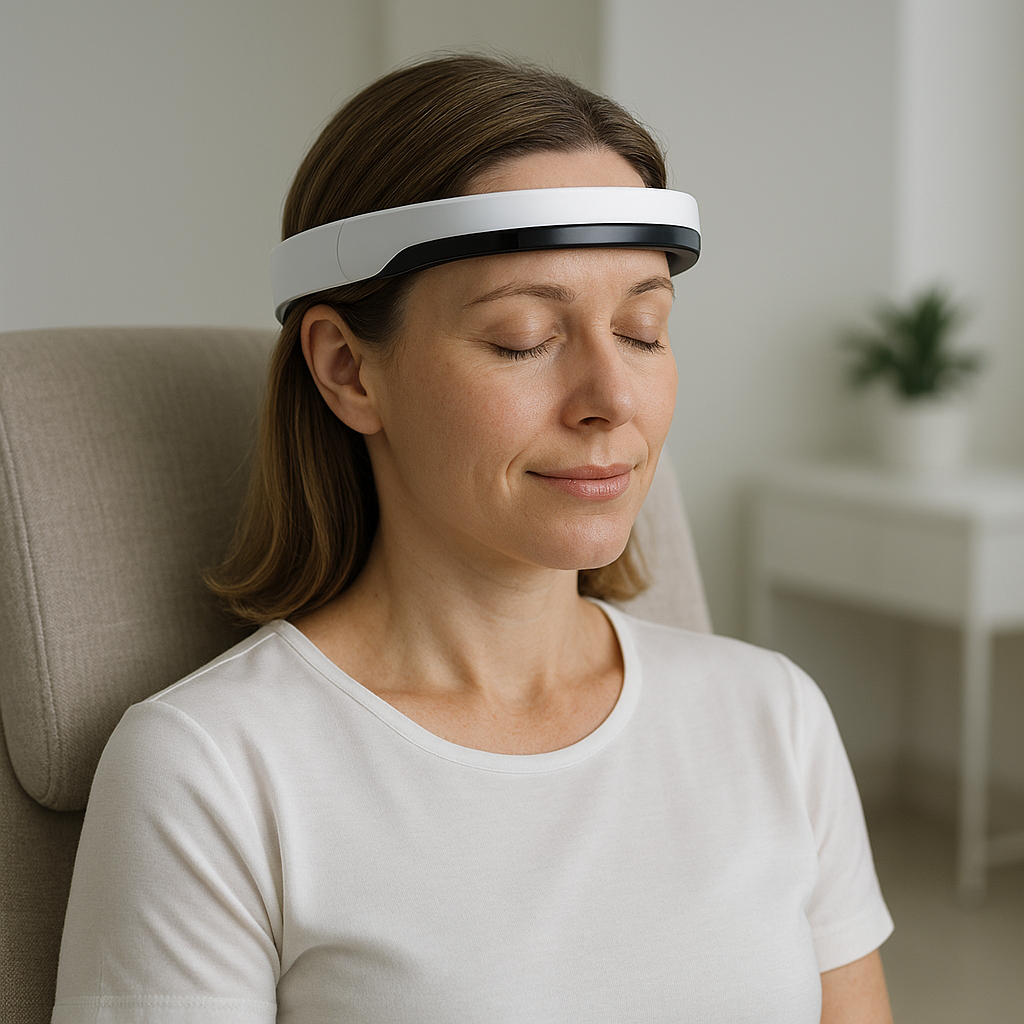THE CHALLENGE
The key challenge associated with stimulation based neurological treatment lies in bridging the gap between cutting-edge neuroscience and the current limitations of commercial neuromodulation devices, which largely rely on outdated, fixed-frequency stimulation protocols. Despite mounting evidence that the brain’s response to therapy depends not just on how often pulses are delivered, but on the precise timing and variability between them, most clinical systems offer little to no flexibility in adjusting these parameters. This disconnects leads to inconsistent treatment outcomes, limits personalization, and increases the risk of side effects all of which reduce patient satisfaction and hinder market growth. Furthermore, existing technologies struggle to deliver programmable, hardware-agnostic, and biologically realistic stimulation patterns in real time, creating a pressing need for scalable software solutions that can adaptively control interstimulus intervals and mimic natural neuronal firing. Capturing this unmet need presents a major opportunity for innovation and competitive advantage in the rapidly growing neuromodulation industry.
OUR SOLUTION
We have created a software-based platform that generates highly customizable brain stimulation patterns designed to closely mimic the natural timing of neuronal activity, something current technologies struggle to achieve. At its core, the system uses a novel mathematical model to precisely control both the average spacing and variability of stimulation pulses through a single “regularity” setting, allowing users to seamlessly tune between perfectly regular and Poisson-like patterns. This enables far more accurate, flexible, and biologically relevant stimulation compared to today’s one-size-fits-all fixed-frequency approaches. The software outputs ready-to-use control signals compatible with various stimulation devices, whether electrical, magnetic, optical, or ultrasonic making it easy to integrate into clinical or research workflows. By enhancing precision, reducing side effects, and enabling true personalization, our technology positions itself as a game-changer for neuromodulation markets targeting conditions like traumatic brain injury, depression, and neurodegenerative diseases.

Figure: Technology in action
Advantages:
- Continuously tunable temporal irregularity via a single regularity parameter.
- Multi-modal stimulation compatibility with electrical, magnetic, optical, and ultrasonic systems.
- Real-time adaptive stimulation can be adjusted to produce the desired neural response kinetics.
- Clinically validated personalization for conditions like mTBI, enabling targeted LTP/LTD modulation.
Potential Application:
- TBI and stroke rehabilitation therapy
- Alzheimer’s and Parkinson’s neuromodulation
- Depression and PTSD treatment
- Vagus nerve and trigeminal nerve stimulation
- Neuroscience research and Brain-computer interface (BCI) optimization